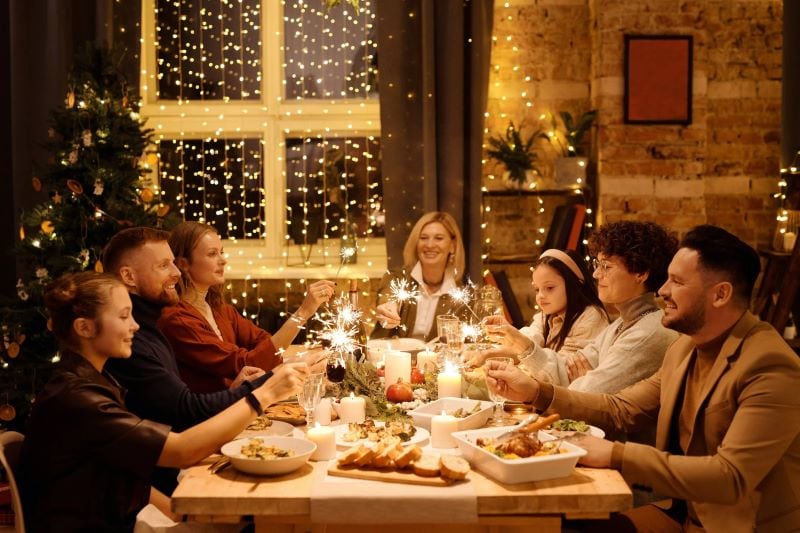The Origins of New Year’s Eve Celebrations
As the year comes to a close, people around the world prepare for the occasion with a variety of traditions and celebrations on New Year’s Eve. From ringing bells to setting off fireworks, the customs for marking the transition from the old year to the new vary widely across cultures and regions. These celebrations often involve music, dancing, food, and drink, along with more solemn reflection and resolution-making.
The origins of New Year’s Eve date back to ancient times, with the first known celebrations dating back to around 2000 BCE in Mesopotamia, where the first calendar was created. The Babylonians marked the start of their new year in the springtime, during a festival called Akitu. The Greeks and Romans also celebrated the new year in the spring, with two-month festivals honoring the gods Dionysus and Saturn.
As Christianity spread, some of these pagan rituals were adapted to coincide with the celebration of the Feast of Saint Sylvester, who died December 31, 335. This practice spread throughout Europe and eventually to the Western Hemisphere.
The Evolution of Making Resolutions on New Year’s Eve
In many cultures, the ringing of church bells at midnight on New Year’s Eve symbolizes the passing of one year to the next. This tradition began in the Middle Ages, when bells were rung to ward off evil spirits and bring blessings for the coming year. Today, the ceremony is often accompanied by fireworks, lighting up the sky with bursts of color as people gather with friends and family to toast to the future.
Fireworks have been a longstanding tradition for New Year’s Eve celebrations, with the earliest recorded display taking place in China around 200 BCE. Historically, fireworks were used to scare away evil spirits and bring good luck, and they remain a popular tradition in many cultures today. In places like Sydney, Australia and Dubai, the fireworks displays on New Year’s Eve are some of the largest and most impressive in the world.
In addition to fireworks and bells, many people also create their own traditions for ringing in the new year. In Spain, for example, it is customary to eat 12 grapes at the stroke of midnight, one for each month of the upcoming year. In Brazil and the Philippines, the color of one’s underwear on New Year’s Eve is believed to bring good luck (yellow for wealth, red for love, etc.).
Another popular tradition for New Year’s Eve is the making of resolutions. This practice dates back to ancient Rome, when people made promises to the god Janus in exchange for blessings for the coming year. Today, many people use this time to reflect on the year that has passed and set goals for the future, whether it be to exercise more, save money, or learn a new skill.
Overall, New Year’s Eve is a time for celebration, reflection, and hope for the future. No matter the tradition or custom, people around the world come together to mark the passage of time and welcome in a new year with open arms. From fireworks to resolutions, the customs may vary, but the spirit of hope and new beginnings is universal.

